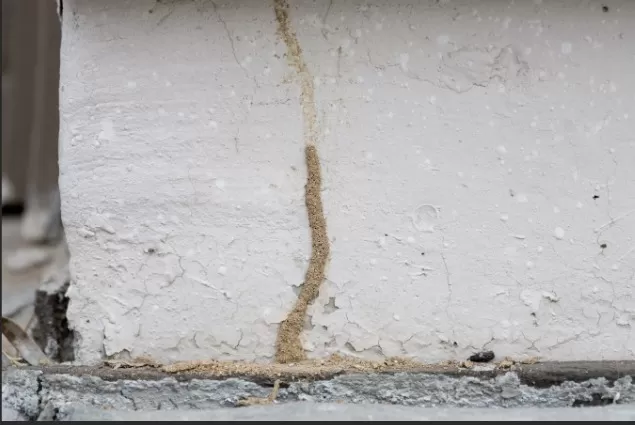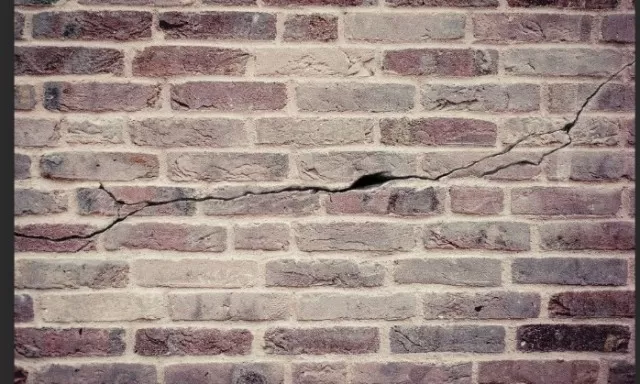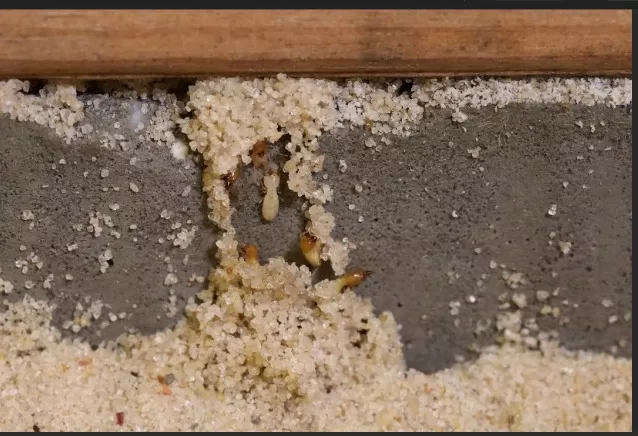Vital Warning Signs: Structural Damage You Mustn’t Ignore. wning a home brings with it the responsibility of regular maintenance and prompt repairs to prevent issues from escalating
. Among the most troublesome problems for homeowners are structural issues, as they can lead to costly repairs if left unattended. To shed light on the matter, we sought the expertise of Michael Russell, a Certified Home Inspector at API Home Inspections in Wichita, Kansas. Here are a few signs he shared that could indicate a structural problem in a home
Problems with Doors that Don’t Close Properly

During the installation process, a door is carefully adjusted and aligned by a builder to ensure smooth opening and closing.
If a door that used to function smoothly suddenly becomes difficult to close, it might be a sign of an underlying issue. When Russell examines a house and encounters a door that sticks, he investigates further for potential structural problems, such as “cracks running diagonally on the walls or uneven floors in the vicinity.
” However, it’s important to note that not all sticking doors indicate a structural problem, as it could simply be due to a poorly fitted door, according to Russell.
Cracks in Windows
Glass windows are susceptible to breaking when subjected to forceful impact, such as being hit by errantly thrown objects or heavy hail.
In certain cases, cracked windows can indicate a more significant issue with the overall structure of a home. Referred to as “pressure cracks,” these fissures may initially manifest as a single crack spanning from one side to the other on a window.
According to Russell, if a house’s foundation has a structural problem, basement windows are more prone to cracking compared to windows in other areas of the house.
Fortunately, Russell assures that the majority of cracked windows do not signify any structural damage.
Protective Tubes Built by Termites

When they initially appear on the foundation’s exterior, meandering mud tubes may go unnoticed by homeowners.
However, these seemingly harmless tubes serve as a protective mechanism constructed by subterranean termites. The tubes shield the termites from sunlight as they journey from the soil into the house, feasting on the wooden components along the way.
During a house inspection, Russell remains vigilant for the presence of mud tubes, although he doesn’t conduct extensive examinations that involve removing drywall to check for concealed structural damage.
If homeowners come across mud tubes, it is advisable to contact a certified termite inspector for further evaluation and action.
Floor with Excessive Flexibility
When walking on floors, they should provide a solid and stable sensation.
However, in certain instances, floors may exhibit a bouncy or spongy feel, which could indicate underlying issues such as undersized floor joists or trusses. If a floor that used to feel solid suddenly becomes bouncy after years, it suggests a change in the floor’s structural integrity. Possible causes could include a damaged joist, delaminated subflooring, or even problems with the foundation.
According to Russell, the majority of bouncy floors he encounters in homes are associated with crawlspace foundations.
When he encounters a floor with excessive flex, he inspects the crawlspace to assess the adequacy of beam support.
Cracks in the Foundation

Due to the natural settling of a house, concrete foundations may develop cracks, especially in the early years after construction.
According to Russell, vertical hairline cracks are generally less worrisome compared to other types of cracks. These cracks are typically considered normal and rarely indicate any significant issues.
However, if the cracks are large in size, particularly if they are wider at one end than the other or if they run diagonally, it could be a sign of a structural problem.
Repairing foundation issues can be costly, and they do not resolve themselves over time. The longer the repairs are postponed, the more expensive and extensive they become.
In other words, it is important to address foundation concerns promptly.
*The information is for reference only.